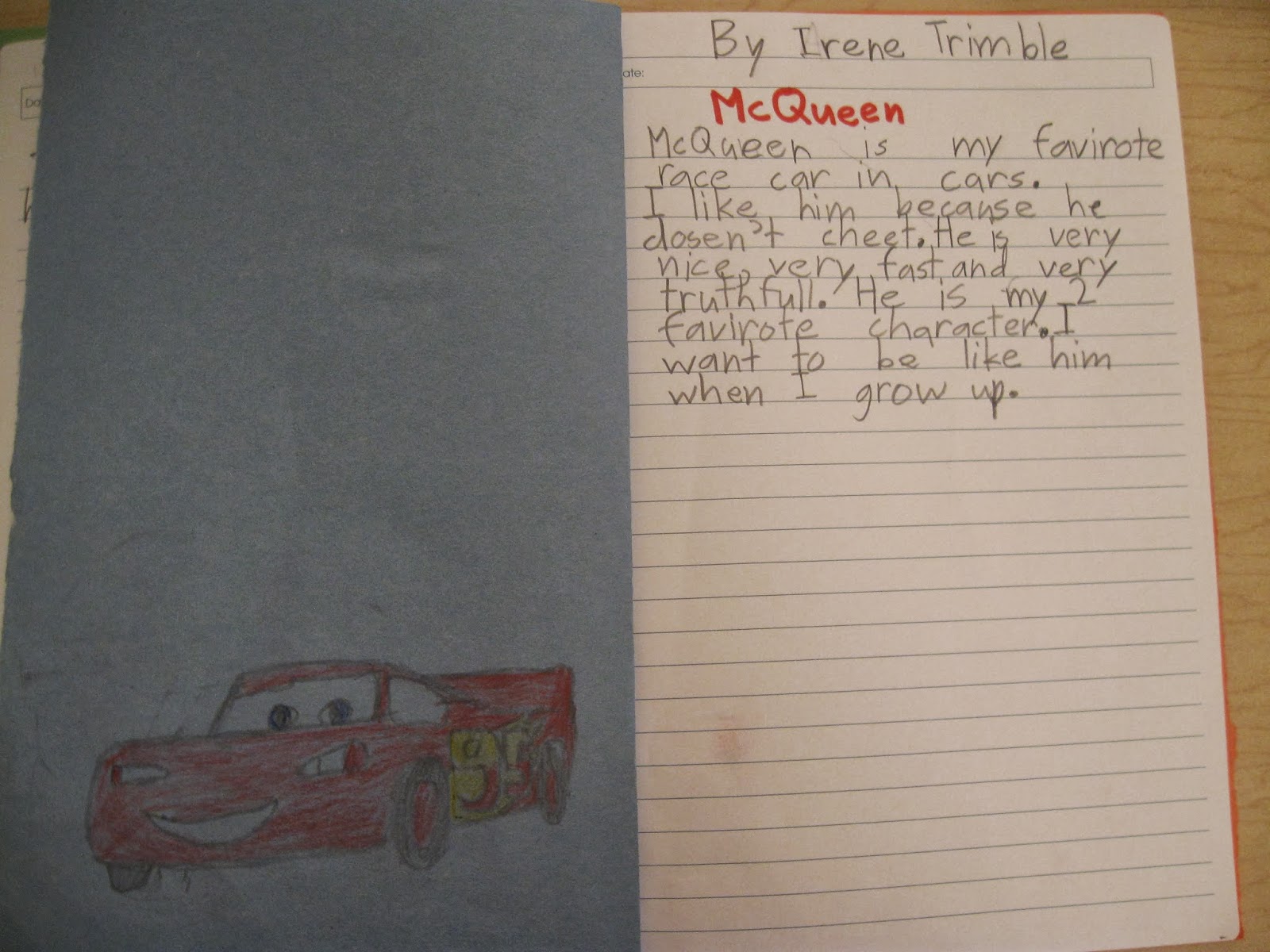Last
fall, we began our school year with our first field trip to Magnuson Park in
Seattle, the grounds of which were once an airfield – now a sanctuary for
wetland wildlife and birds of prey. Maria Montessori advocated students “going
out” of the familiar classroom atmosphere and experiencing the natural
environment as observers. As a scientist, Montessori understood the value of
approaching the world around us as explorers, uncovering knowledge with our
senses.

With the
help of three Magnuson Park docents, our class of twenty students broke into
sub-groups to dissect owl pellets; to explore Nature’s Grocery Store on a short
circuitous walking path through overgrowth; and to create their own nests using
the same materials the local avian population uses. Children enhanced their
fine motor skills with tools such as tweezers – pulling tiny rodent jaws from
feathers and hair in the pellets. They employed their five senses as they
imagined themselves searching for edibles in the environment and planning a
soft bed for their eggs.

Upon
returning to school from this wonderful expedition, we met altogether at Literacy
Group to make a collective mind web. Graphic organizers (such as mind webs, charts, and
graphs) honor visual and spatial learners, who may prefer to draw their
thoughts and move in a non-linear fashion to express themselves. As an
educator, I facilitated this Literacy Group by using a few simple materials: a
large (three by three foot) swath of black butcher paper, white chalk, and a small
pad of post-it notes.

First, I drew a spider web with chalk on the black
background. Then, I asked students to remember any details from the field trip
to Magnuson Park and modeled writing these memories on the post-its. The reason
I did this in a whole group setting was to reinforce auditory, visual, and
graphic learning styles. Some students remembered things right away, while
others offered their observations later, after hearing their peers’
perspectives. Very quickly, we had about forty post-it notes covering our
web.
The
second step was to group these recollections into categories. One of the
benefits of using post-it notes (rather than simply writing a list on a board)
was that students saw how ideas can move around in different formations.
A few categories students identified were:
- things about birds
- what happened on the way to and
from the field trip
- facts about animals
- facts about Magnuson Park
- sounds and smells
We ended
our Literacy group with students working as partners to make their own
mini-Mind Webs with black construction paper, chalk pastels, and post-it notes.
They chose which categories they wanted to remember most and went into
more detail. This is an example of how classroom studies and
“going out” activities are integrated in the Montessori environment. Recent
brain research describes how the act of recalling a learning experience embeds
the acquired knowledge by stimulating the frontal lobe, where working memory
and the faculty for organization reside!

































